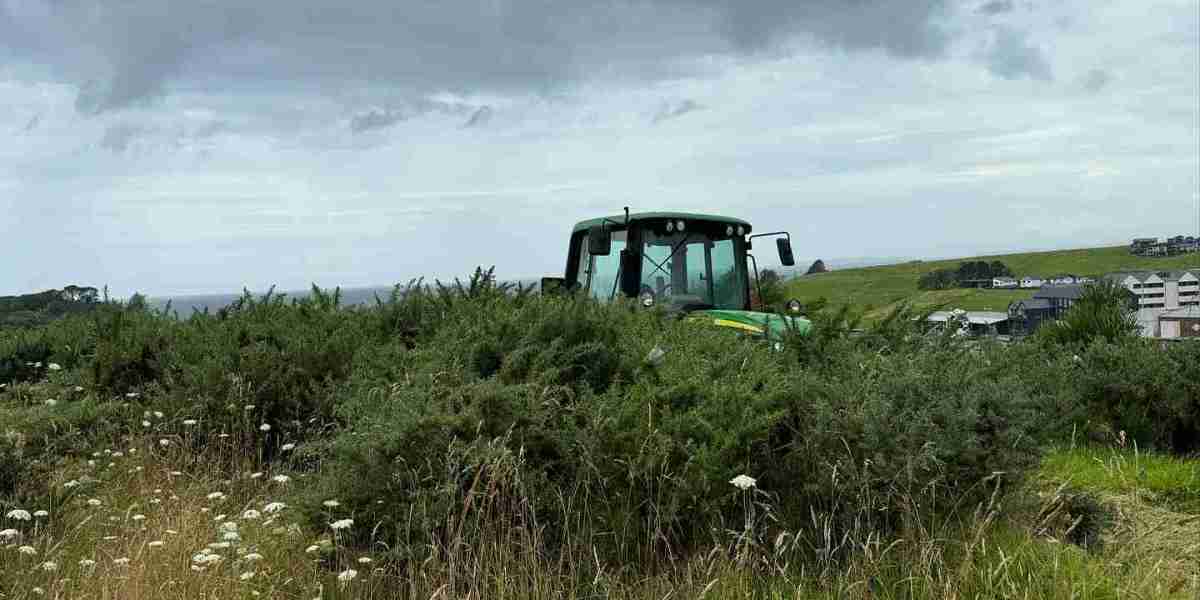Don’t Wait Too Long: Signs Your Site Needs Earthmoving Help Early
On more than one occasion, I’ve walked onto a site thinking we were close to starting work—only to realise we were nowhere near ready. Uneven ground, soggy patches, questionable access… all signs that we should’ve called in Auckland earthmovers weeks earlier.
The earthworks phase often gets pushed to the side until the last minute. But the truth is, identifying the need for heavy prep early can make or break your build schedule. If you're unsure when to get someone in, here are the early indicators I’ve learned to watch for.
1. Site Access Looks Dodgy (Even on Paper)
You don’t have to be on site to spot this one. Look at the plans—if the property sits below street level, shares a driveway, or has no obvious turning space for machinery, call your earthmoving contractor early. Trust me, it's much easier to plan access before the timber shows up.
One job in Glen Innes comes to mind. We had limited access on a rear lot, and because we didn’t get earthworks advice soon enough, we ended up hauling everything in by smaller trucks—adding cost and delay. Lesson learned.
2. Water Pooling or Soakage Issues
If the site holds water for more than a day after rainfall, you need to investigate. Poor drainage isn’t something that “works itself out.” It usually means heavy clay, compaction problems, or the need for subsoil drainage—issues Auckland earthmovers deal with all the time.
A proper site scrape and level can do wonders. Sometimes it’s about installing soak pits or raising building platforms slightly. Either way, get advice early. You don’t want to start pouring concrete into a soggy mess.
3. Sloping Ground With No Clear Cut Plan
Steep or uneven sections need careful consideration. If you’re unsure where the cuts and fills go—or how they’ll affect neighbouring properties—it’s time to bring in the experts. Earthmovers don’t just shift dirt; they shape sites for long-term structural success.
I once worked on a property in Titirangi where the client thought we could “just level it out.” In reality, we needed retaining, compacted fill, and a detailed site plan. Calling an earthmoving team early would’ve saved weeks.
4. Signs of Previous Use, Fill, or Instability
If your site shows signs of being filled (or previously built on), that’s a red flag. Uneven settling, random patches of gravel, or buried rubble are clues that the ground’s been tampered with. It might look build-ready—but it probably isn’t.
Earthmovers with Auckland experience know how to read these signs. They’ll advise whether you need to dig deeper, replace material, or stabilise before construction begins.
5. Your Engineer or Architect Recommends It
Sometimes it’s not obvious from the ground, but your designer may spot things in the survey data or geotech report that suggest further earthworks are needed. If they flag anything unusual—variability in soil layers, potential drainage conflicts—don’t wait. Get the earthmoving crew in to walk the site and discuss a game plan.
When in Doubt, Ask
Even if you're not 100% sure, a quick consultation can give you peace of mind. Most good Auckland earthmovers are happy to walk a site, talk through the scope, and flag potential issues early. It’s cheaper and easier to adjust before the digger shows up than to deal with rework later.
Final Word
The sooner you get an earthmoving professional involved, the smoother the entire project will run. Waiting until the site is “ready” can actually slow you down if key issues haven’t been addressed.
If your gut (or your plans) are telling you the ground needs work, trust that instinct. Experienced Auckland earthmovers know what to look for—and what to do when the site says it’s not quite ready yet.







